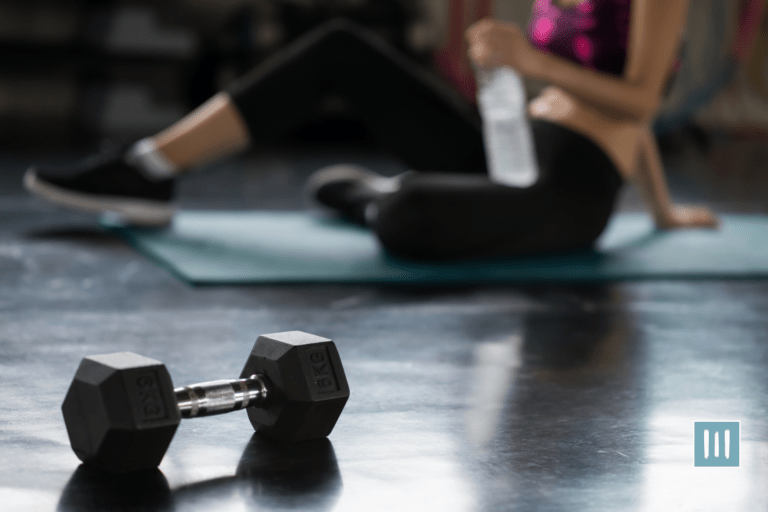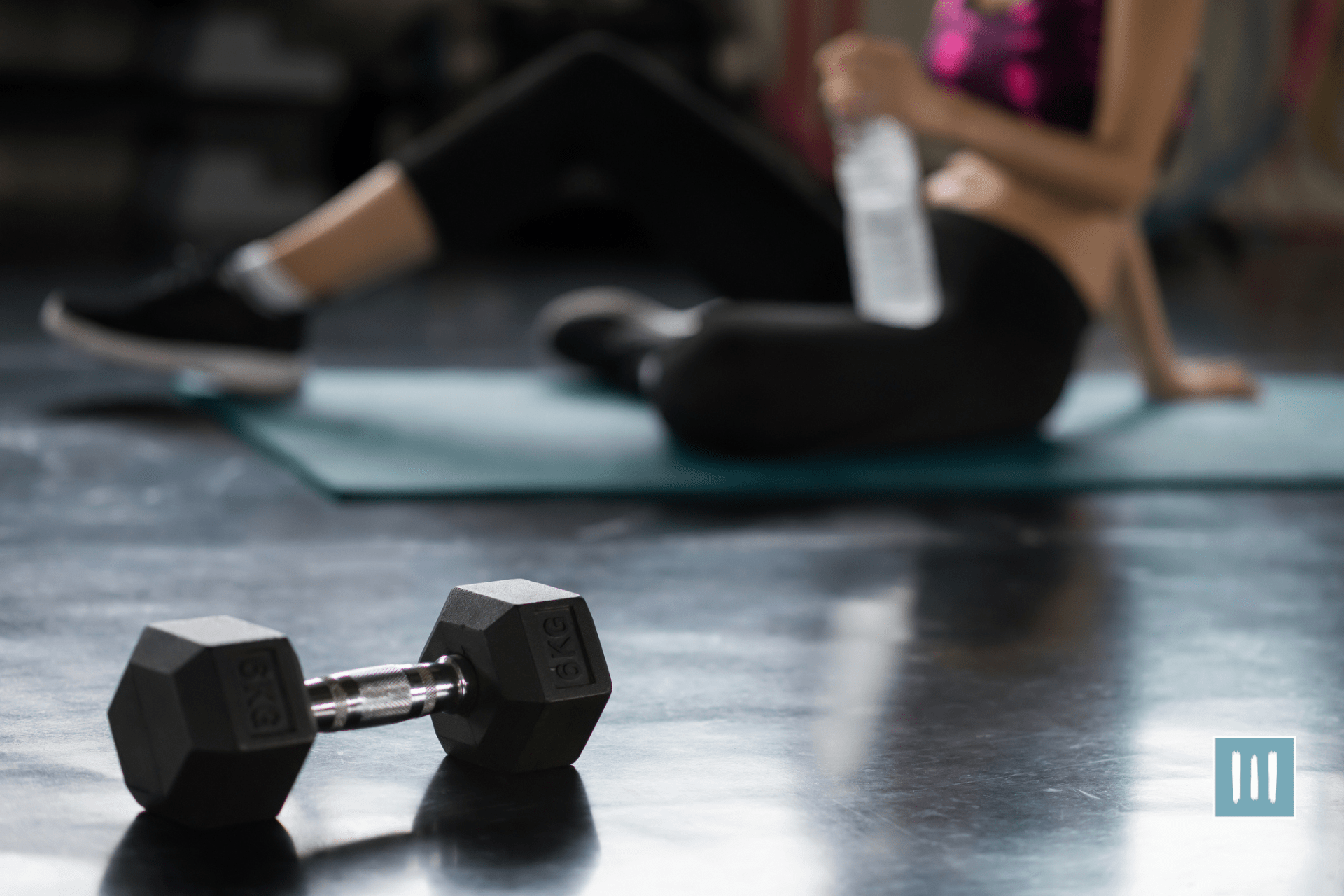Are you ready to take charge of your fitness journey and achieve your goals from the comfort of your own home?
With the right goal-setting strategies, you can turn your moment flow rope workouts into practical and fulfilling experiences.
Whether you’re a beginner or an experienced fitness enthusiast, this article will provide valuable tips and techniques to help you set and achieve your fitness goals.
To start, it’s important to assess your current fitness level. This will allow you to set realistic and achievable goals tailored to your needs.
Understanding where you currently stand can create a roadmap for improvement and track your progress.
Once you clearly understand your starting point, you can move on to setting specific goals that align with your desires and aspirations.
By setting challenging yet attainable goals, you’ll be motivated to push yourself further and achieve a sense of mastery in your home workouts.
So, grab your workout gear and get ready to embark on a journey of self-improvement and personal growth in your home.
Key Takeaways
- Set clear and specific goals for your home workouts, such as increasing the number of reps or improving your endurance.
- Break your goals down into smaller, achievable targets to stay motivated and track your progress.
- Celebrate and acknowledge your achievements and improvements in your workouts, no matter how small they may seem.
- Stay committed and persevere through challenges that may arise during your home workouts, as consistency is key to achieving your fitness goals.
Assessing Your Fitness Level
Now that you’ve got a good understanding of home workouts let’s talk about assessing your fitness level to set effective goals.
Assessing your fitness level is an important step in goal-setting because it allows you to understand where you currently stand and what areas you need to improve. Knowing your starting point, you can set realistic and achievable goals to help you progress and achieve mastery in your home workouts.
You can do this by performing exercises such as push-ups, squats, and planks to see how many repetitions you can do or how long you can hold a certain position. This will give you an idea of your current fitness level and help you identify areas needing improvement.
Additionally, you can measure your cardiovascular fitness by performing exercises such as running or jumping jacks and monitoring your heart rate. This will indicate how well your heart and lungs are functioning and can guide you in setting goals to improve your aerobic capacity.
Moreover, pay attention to any areas of tightness or limited range of motion, as these may indicate areas that need improvement. By assessing your flexibility and mobility, you can set goals to increase your range of motion and prevent injuries during your home workouts.
Setting Realistic and Specific Goals
To truly succeed in your fitness journey, it’s crucial to establish achievable and precise goals for your at-home exercise routine. Setting realistic and specific goals will keep you motivated, help you track your progress, and measure your success.
When setting your goals, being specific about what you want to achieve is essential. Instead of saying, “I want to get fit,” try setting a goal like, “I want to be able to do 10 push-ups in a row.” This gives you a clear target and allows you to measure your progress.
In addition to being specific, your goals should also be realistic. It’s essential to set goals within your current capabilities and consider any limitations or challenges you may have. For example, if you’re starting with home workouts, setting a goal to run a marathon in a month may not be realistic.
Instead, start with smaller, more achievable goals, such as completing a 30-minute workout three times a week. As you build strength and endurance, you can gradually increase the intensity and duration of your workouts.
By setting realistic and specific goals for your at-home exercise routine, you’ll be setting yourself up for success and ensuring that you stay motivated and focused on your fitness journey.
Creating a Structured Workout Plan
Start by developing a well-structured workout plan that fits your schedule and keeps you motivated. A clear plan will help you stay organized and make it easier to track your progress and adjust as needed.
Here are three key steps to creating an effective workout plan:
- Define your goals: Clearly understanding what you want to achieve before planning your workouts is important. Are you looking to build strength, improve endurance, or lose weight? By setting specific goals, you can tailor your workouts to target those areas and ensure that you’re making progress toward your desired outcome.
- Choose the right exercises: Once you know what you want to achieve, it’s time to select the exercises that will help you reach your goals. Consider incorporating cardiovascular exercises, strength training exercises, and flexibility exercises into your routine. This will help you achieve a well-rounded workout that targets different muscle groups and improves overall fitness.
- Schedule your workouts: Consistency is key to reaching your fitness goals. Schedule your workouts at convenient times and fit well into your daily routine. Whether it’s early morning, during your lunch break, or in the evening, find a time that works best for you and stick to it. By making your workouts a priority and scheduling them in advance, you’ll be more likely to stay committed and make progress toward your goals.
By following these steps and creating a well-structured workout plan, you’ll set yourself up for success in your home workouts. Remember, mastery comes from consistency and dedication, so stay committed to your plan and watch as you progress toward your fitness goals.
Tracking Your Progress
Remember to track your progress during your home workouts so that you can see the improvements you’re making and stay motivated. Tracking your progress is essential to any fitness journey because it allows you to see how far you’ve come and provides a sense of accomplishment.
Whether using a fitness app, a notebook, or a spreadsheet, record your workouts, including the exercises you did, the number of repetitions and sets, and any modifications or progressions you made. This way, you can easily look back and see how much stronger and fitter you’ve become.
Additionally, tracking your progress helps you identify patterns and trends in your performance. Maybe you notice that you consistently struggle with a particular exercise or that you can increase the weight or intensity of your workouts over time. This information can help you adjust your training plan and set new goals to continue challenging yourself.
By keeping track of your progress, you can also celebrate small victories along the way, which will keep you motivated and eager to keep pushing yourself. Remember, every step forward, no matter how small, is a step closer to mastering your fitness goals.
Staying Motivated and Consistent
Maintaining motivation and consistency can be a challenge when working out at home. Without the structure and accountability of a gym or fitness class, it’s easy to fall into a rut and lose the drive to continue exercising.
However, with the right strategies, you can stay motivated and consistent with your home workouts. Here are some tips to help you stay on track:
- Set specific and achievable goals: Clear goals will give you something to work towards and motivate you. Set realistic and measurable goals to improve your strength, increase your endurance, or lose weight.
- Create a schedule: Treat your home workouts like an appointment and schedule them into your day. Having a set time dedicated to exercise will make it easier to stick to your routine and avoid procrastination.
- Find an accountability buddy: Partner with someone who shares your fitness goals and regularly checks in with each other. Knowing that someone else is counting on you to show up and work can be a powerful motivator.
- Mix it up: Variety is key to staying engaged and motivated. Try different workouts, such as HIIT, yoga, or dance, to keep things interesting and prevent boredom.
- Celebrate your progress: Acknowledge and celebrate your achievements along the way. Whether it’s reaching a new personal best or completing a challenging workout, take the time to pat yourself on the back and appreciate how far you’ve come.
By following these strategies, you can overcome the challenges of working out at home and stay motivated and consistent with your fitness routine.
Frequently Asked Questions
Can I do the fitness assessment at home or do I need to visit a gym?
You don’t need to visit a gym for the fitness assessment. You can do it at home! Take charge of your fitness journey and unleash your inner warrior. Embrace the challenge and conquer your goals!
How long should I wait before increasing the difficulty level of my workouts?
When it comes to increasing the difficulty level of your workouts, listen to your body. Once you’ve mastered your current routine, challenge yourself by gradually adding more reps, increasing weights, or trying new exercises. Don’t rush, but embrace the journey of progress.
Are there any specific workout plans recommended for beginners?
If you’re a beginner, start with a basic workout plan that includes exercises targeting all major muscle groups. Focus on proper form and gradually increase intensity and difficulty over time. You’ll build a strong foundation for future progress!
How often should I update my progress tracking?
To truly master your home workouts, you should update your progress tracking regularly. By doing so, you can identify areas of improvement, set new goals, and stay motivated on your journey to fitness success. Keep pushing yourself!
What are some effective strategies to overcome workout plateaus and maintain motivation?
To overcome workout plateaus and maintain motivation, vary your workouts by trying new exercises, increasing resistance or intensity, and setting short-term goals. Remember, consistency is key, so keep pushing yourself and celebrate your progress along the way.

















